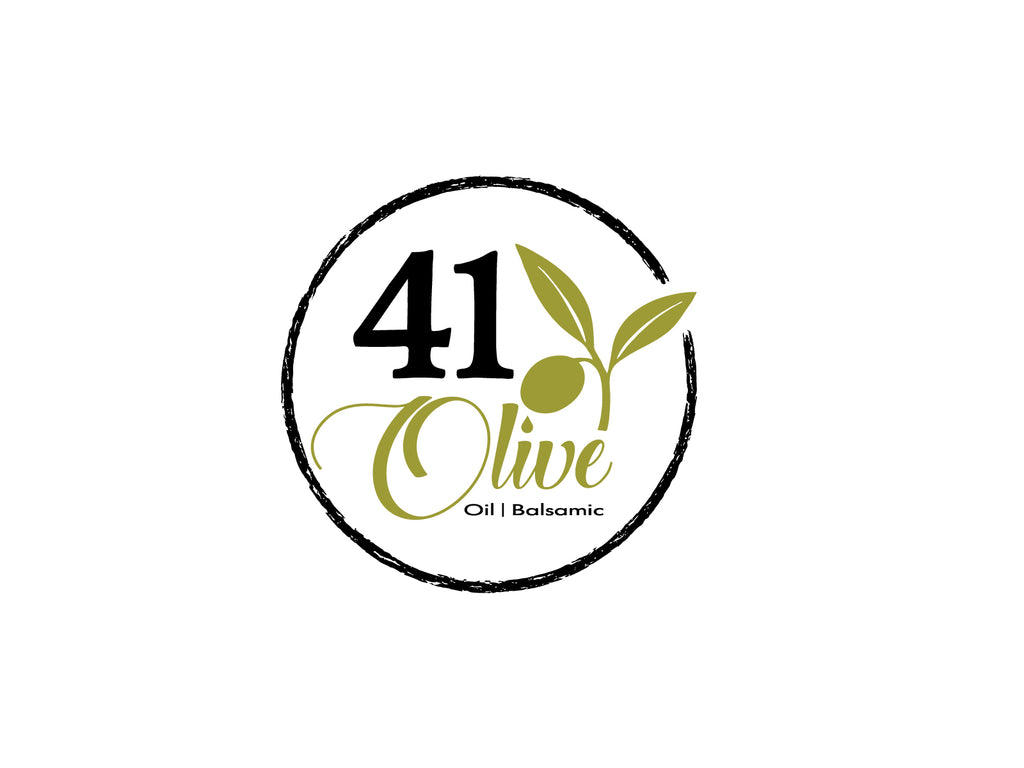Is Infused Olive Oil Suitable for Frying? Exploring the Possibilities
Infused olive oils add a delightful twist to our culinary experiences, combining the rich flavors of herbs, spices, and even fruits with the robust taste of olive oil. While these culinary delights are often used for drizzling or dressing, a common question arises: is infused olive oil suitable for frying?
In this blog post, we’ll delve into this topic, considering the benefits and drawbacks of using infused olive oils for frying, while offering some fresh ideas and advice to elevate your cooking.
1. Understanding Smoke Points:
The smoke point of an oil is a critical factor when considering it for frying. Extra virgin olive oil, the base for many infused oils, typically has a lower smoke point (approximately 375°F/190°C) compared to oils like canola or peanut oil.
When the smoke point is exceeded, the oil can break down, losing its beneficial properties and imparting a burnt flavor to food. It’s important to know the specific smoke point of your infused olive oil, which can be influenced by the type and amount of ingredients used in the infusion.
2. Flavor Profile Considerations:
Infused olive oils bring unique flavors that can enhance or overpower a dish when used for frying. For instance, garlic-infused olive oil might add a wonderful aroma to fried potatoes, while a citrus-infused oil could bring an unexpected twist to fried fish. Experimenting with different flavor combinations can result in exciting culinary creations, but it’s crucial to balance the flavors to avoid overwhelming the primary ingredients.
3. Creative Frying Techniques:
Instead of deep frying, consider using infused olive oils for shallow frying or sautéing. These methods require less oil and can preserve the infused flavors better, allowing them to complement the dish without the risk of burning. For example, using basil-infused olive oil to sauté vegetables can add a fresh, herby note to your dish without compromising the oil’s integrity.
4. Infusion Intensity and Heat Stability:
Not all infused oils are created equal; the intensity of the infusion can affect its heat stability. Oils with stronger infusions may have more particulate matter, which can burn easily during frying. Straining the infused oil before use can help reduce this risk. Additionally, using a high-quality base oil for infusion can enhance heat resistance, making it more suitable for cooking at higher temperatures.
5. Innovative Pairings and Dishes:
Think beyond traditional dishes and use infused olive oils to create innovative pairings. Imagine frying empanadas in chili-infused olive oil for a spicy kick or using rosemary-infused oil to cook chicken wings for an aromatic twist. These creative applications can elevate your dishes, offering a new dimension of flavor that surprises and delights.
Conclusion:
While infused olive oils can be used for frying, it’s essential to consider factors such as smoke point, flavor profile, and infusion intensity. By opting for shallow frying or sautéing and experimenting with unique flavor combinations, you can effectively incorporate infused oils into your frying repertoire.
Ultimately, the key is to balance the flavors and techniques to ensure that your dishes not only taste great but also maintain the integrity of the infused oil. So, next time you reach for that bottle of infused olive oil, remember these tips and let your culinary creativity shine!
